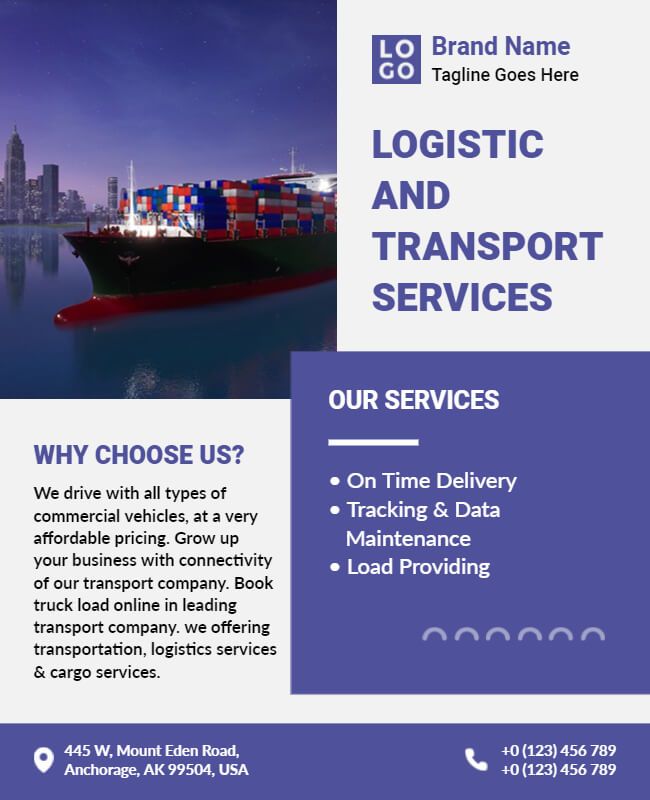Transit Advertising Philippines: Get To Countless Commuters Daily
Transit Advertising Philippines: Get To Countless Commuters Daily
Blog Article
Exactly How Transportation Marketing Can Transform Public Transport Spaces Into Dynamic Advertising And Marketing Platforms
Transit advertising holds significant capacity to redefine public transport spaces right into dynamic advertising platforms that inform and engage. As we discover the multifaceted advantages and advancing methods of transit advertising, it increases the inquiry of just how this transformation can redefine our interactions with both brand names and the urban atmosphere.
Advantages of Transit Marketing

In addition, transit advertising and marketing is highly economical compared to conventional media. It allows advertisers to accomplish high impacts at lower expenses, maximizing roi. The restricted audience of commuters gives an opportunity for brand names to convey their messages to individuals that are commonly receptive during their traveling times.
In addition, the dynamic nature of transportation marketing allows projects to be upgraded often, guaranteeing that messaging stays relevant and timely. This flexibility can be essential in reacting to market trends or advertising events, maintaining the brand top-of-mind for consumers. Lastly, the prevalent existence of transit marketing contributes to brand recall; duplicated exposure within acquainted traveling contexts reinforces brand name recognition and cultivates consumer commitment, ultimately improving and driving sales brand online reputation.
Types of Transportation Marketing
Public transportation systems provide numerous formats for advertising, each satisfying various advertising and marketing methods and target market interaction methods. One prominent kind is external bus and train wraps, which cover the whole automobile and develop a mobile billboard result, enabling high visibility in city settings. These wraps can catch focus as they go across busy streets, getting to a varied target market.
One more prominent format is interior advertising, that includes posters, digital displays, and ads on transit seats. These positionings engage guests throughout their trip, reinforcing brand messaging in a constrained area. Digital displays, in specific, use the advantage of vibrant content, enabling marketers to update messages in real-time.
Terminal advertising is additionally considerable, featuring posters, banners, and interactive kiosks within transportation terminals. These advertisements take advantage of foot website traffic and can target details demographics based upon location.
Lastly, advertising collaborations with transit authorities can cause unique projects, such as themed transit experiences or occasions, enhancing the total involvement with travelers. Each kind of transit advertising supplies distinct advantages, allowing brands to tailor their strategy to properly reach their target audience within the general public transport ecosystem.
Engaging Commuters Properly
Travelers are increasingly swamped with advertising messages during their everyday travels, making it important for brand names to involve them in innovative ways. To capture attention in this jampacked room, advertisers need to focus on creative thinking and significance. Making use of captivating visuals and concise messaging can dramatically enhance the probability of engagement.
Interactive aspects, such as QR codes or enhanced reality functions, can likewise change static advertisements into immersive experiences, promoting a deeper link with the audience. Brand names must concentrate on resolving travelers' passions here and demands, tailoring messages to resonate with their way of living, whether with promos for neighborhood businesses or solutions developed to enhance their commuting experience.
Additionally, timing plays a critical function; tactically positioning advertisements during optimal commuting hours can make the most of presence and influence. Engaging commuters properly additionally includes leveraging social media combination, enabling travelers to share their experiences or promos directly from transportation platforms, therefore amplifying brand reach.
Fundamentally, efficient interaction hinges on understanding the commuter journey and producing engaging, interactive, and pertinent advertising experiences that not just capture focus but likewise drive activity and commitment. By doing so, brand names can transform mass transit right into a dynamic marketing system that reverberates with its target market.

Measuring Marketing Influence
Just how can brand names precisely evaluate the efficiency of their ad campaign in transit atmospheres? Measuring the impact of transit marketing needs a multifaceted method that incorporates quantitative and qualitative metrics. One common technique is tracking engagement through mobile analytics, where brand names can evaluate foot web traffic patterns and application communications in the past, during, and after projects.
Studies can offer important insights right into brand name recall and consumer sentiment, enabling brands to assess how well their messages resonate with commuters. Furthermore, keeping track of social media sites engagement pertaining to specific campaigns can reveal changes in public assumption and brand discussion.

In addition, working together with transportation agencies can boost dimension accuracy, as they usually have thorough market information on ridership trends. By integrating these techniques, brand names can create a detailed understanding of their advertising and marketing effectiveness, ensuring that their projects not just reach but also affect their target audiences effectively.
Future Patterns in Transportation Advertising
A considerable shift is prepared for in transportation advertising as technological improvements and transforming consumer habits improve the landscape. Transit Advertising Philippines. The assimilation of electronic screens and interactive media is expected to improve engagement, permitting brands to supply dynamic material that reverberates with diverse audiences. As mass transit systems welcome wise modern technology, advertisers will check that leverage real-time data analytics to customize messages based on guest demographics and behaviors
Furthermore, boosted reality (AR) is poised to revolutionize the way commuters interact with promotions. By offering immersive experiences, AR can change a mundane journey into an appealing narrative that find this catches interest and fosters brand name commitment. This development will likely urge marketers to produce more experiential campaigns that drive consumer communication.
Sustainability is an additional crucial pattern influencing transit marketing. As environmental consciousness expands, brand names will increasingly seek to line up with environment-friendly techniques, using lasting materials and advertising green initiatives within their projects.
Final Thought
To conclude, transit advertising and marketing provides considerable benefits by enhancing brand presence and engaging a captive target market. With different layouts, such as outside covers and digital screens, it changes public transport into a dynamic advertising system. Reliable interaction techniques and durable dimension techniques better amplify its effect. As fads develop, the potential for cutting-edge interactions between commuters and brands is positioned to expand, ensuring that transit advertising continues to be an essential part of modern advertising and marketing strategies.
Transit advertising holds significant possibility to redefine public transportation rooms right into lively advertising platforms that engage and notify. The prevalent presence of transit advertising contributes to brand recall; repeated exposure within familiar travel contexts strengthens brand understanding and promotes customer loyalty, ultimately boosting and driving sales brand online reputation.
Just how can brand names accurately evaluate the effectiveness of their advertising campaigns in transportation settings?In conclusion, transportation marketing provides substantial advantages by improving brand exposure and engaging a restricted audience. Transit Advertising Philippines. As fads advance, the possibility for cutting-edge communications between travelers and brands is poised to grow, making certain that transit marketing stays a vital component of contemporary advertising strategies
Report this page